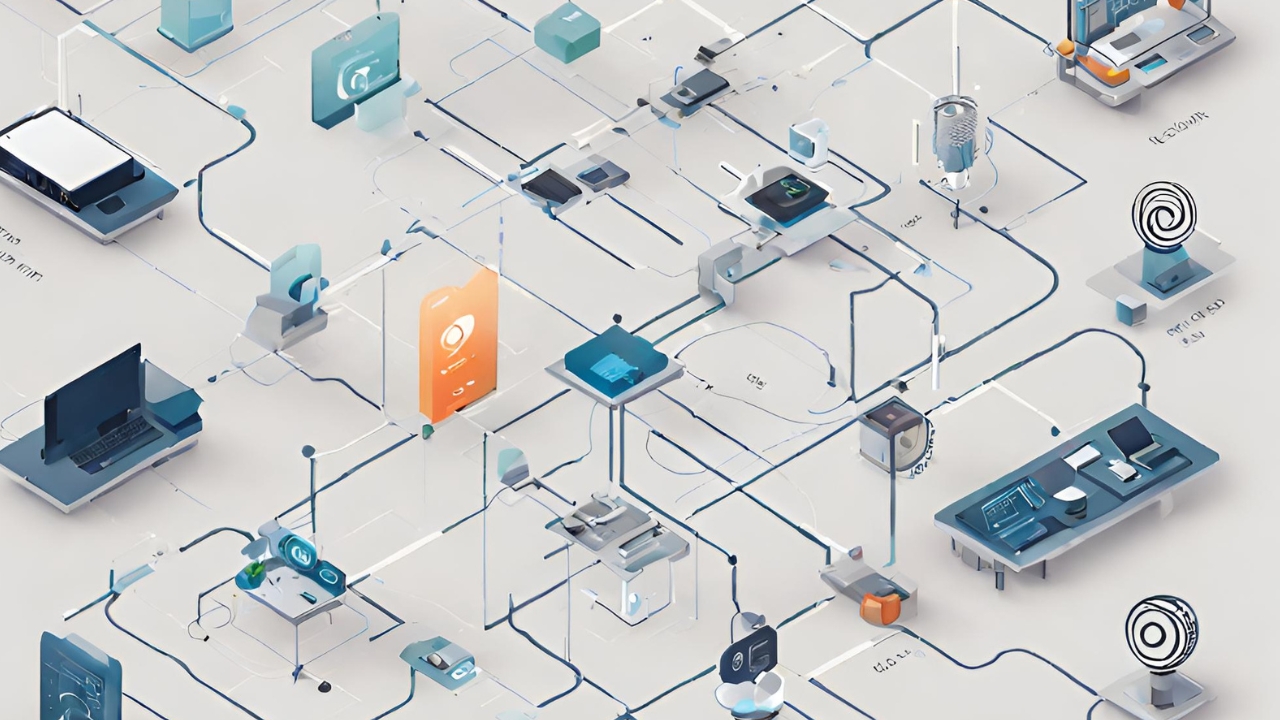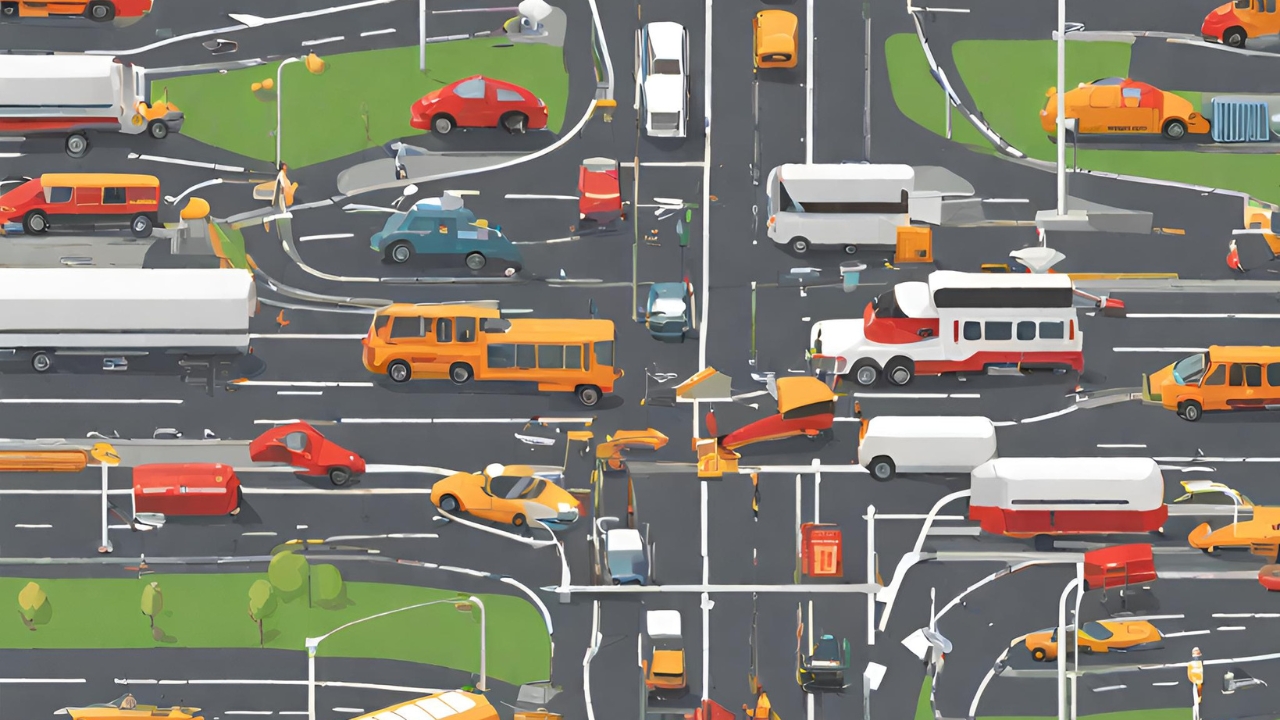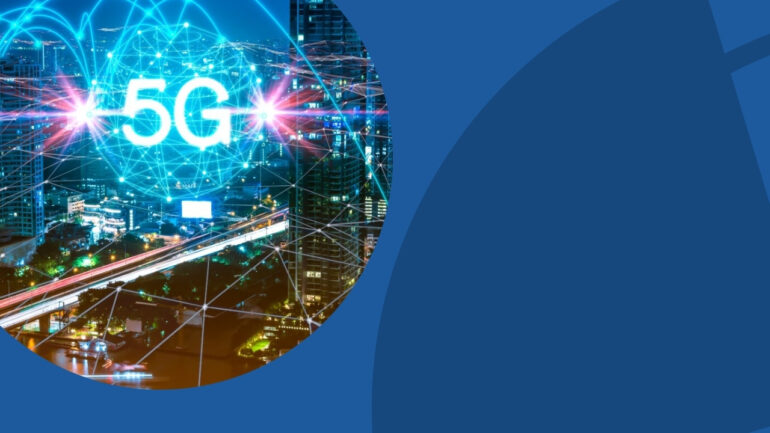5G is more than a number, it’s an innovative technology with several blessings for clever cities.
5G networks utilize wider spectrum frequencies, require more complicated implementation procedures, and promise remarkable speeds.
Carriers are presently engaged in painting toward the implementation of 5G, with Verizon prioritizing the mmWave spectrum simultaneously as T-Mobile uses low and midband frequencies.
Both carriers have additionally started testing community cutting, which offers custom-designed wireless connections on an on-demand basis to numerous agencies.
Enhanced Connectivity
Many clever city packages rely on powerful connectivity, making 5G a crucial enabler of metropolis programs.
5G eliminates many barriers of the older cellular era, such as low statistics prices, inadequate capacity, and excessive energy usage—something older technologies truly couldn’t shape.
5G offers notably greater potential and decreased latency as compared to earlier cell technologies, allowing more devices and objects to connect with the internet, expanding IoT competencies, and unleashing their potential within smart cities.
In addition, 5G ought to allow automobiles to provide overall performance remarks to their motive force and automakers on the street.
Energy organizations could take advantage of the spot benefit of 5G generation for clever city infrastructures by using it to track utilization remotely, analyze energy production and distribution facts, and synchronize electricity resources in remote electricity stations.
This will improve efficiency while decreasing downtime and protection fees.
IoT and sensor integration

5G promises lightning-rapid height information prices that would attain 10Gbps in keeping with the base station.
While not as speedy as what you may revel in for your phone (until the use of dedicated hyperlinks), 5G will offer ultra-reliable, low-latency links to help various new related applications.
Home automation gadgets, which include app-managed washing machines and doorbell cameras, require excessive-velocity connectivity for superior operation, making 5G perfect for assisting loads of gadgets at the same time with extremely low latency.
Smart cities will depend heavily on IoT devices that monitor air quality, water stages, parking spaces, and more to acquire valuable records for town managers on troubles ranging from visitor congestion to water conservation, giving them the insights they need to make more informed selections and improve town services, along with public protection.
With more small cells hooked up into neighborhoods, the data they can offer becomes even more beneficial to residents and companies, providing possibilities to create new sales streams together with vehicle-sharing offerings, navigation structures that provide personalized infotainment, or predictive preservation of devices.
Real-time Data Processing
City life consists of numerous regions in need of actual-time data processing as a way to enhance provider delivery.
This includes electricity grids, water delivery networks, telecom networks, transportation systems, education centers, libraries, hospitals, and public safety offerings, just to name a few!
Processing and handling this large quantity of facts calls for rapid connectivity that surpasses the confines of only a few large cellular vendors.
5G offers a lot of potential and decreased latency compared to preceding generations and provides numerous connectivity options, such as unlicensed spectrum, small cell deployments, and fixed wi-fi access.
Cities across the world are taking steps in the direction of becoming incorporated clever cities, mainly through collaboration between municipal governments, non-public corporations, citizens, and 5G as a technology enabler for innovation and implementation of a smart era that helps meet the demands of the towns whilst imparting answers to their residents.
5G is critical in supporting this effort via its excessive bandwidth, low latency, and stepped-forward device-to-gadget communication, assisting cities in being more aware of citizen desires while simultaneously strengthening economies.
Smart Utilities and Energy Management
As with any era, smart city initiatives face hurdles that must be cleared away to fully realize their capacity.
Perhaps one of the most important problems lies in powering these networks at scale and throughout densely populated regions.
Smart towns depend on reliable mobile networks to help self-ride automobiles on the street accurately; public transit offerings run effectively and perform other essential capabilities.
5G can deliver these capabilities through its high-speed abilities, scalable structure, and occasional latency capabilities—crucial functions that guide those applications.
5G radios perform at higher frequencies to attach greater devices concurrently, offering greater record capacity and pace and being able to tour farther by bypassing physical barriers like bushes or homes.
Utilities can utilize this functionality to manage their far-off strength-era infrastructure and decrease working prices with proactive, real-time monitoring.
5G’s virtual twin technology can enhance protection and electricity efficiency at power plants and even increase productivity at industrial websites by allowing employees to remotely manage equipment.
Transportation and Traffic Management

5G technology will permit clever cities to combine transportation systems seamlessly with the metropolis itself, permitting public shipping motors to be monitored in real-time and consumer demand to shape up with delivery, leading to extra-efficient operations, decreased automobile waste, and stronger tour times.
Traffic lighting fixtures will quickly be equipped with sensors and cameras to acquire facts, enabling them to reply more successfully to site visitors’ styles, consequently reducing needless stops that make commutes longer and more expensive.
Carnegie Mellon University studies suggest that smart traffic control should result in as much as forty fewer stops per capita and 21% fewer emissions.
Autonomous motors and drones will benefit significantly from 5G’s excessive pace and low latency connectivity, making it less complicated to soundly navigate complicated hub environments.
Remote clinical processes can also be used to remotely control robotic surgeons and not use lag-time due to 5G’s advanced bandwidth and mmWave abilities; streaming 4K films and digital facts will become a much more available way to use 5G properly.
Public Safety and Surveillance
5G will revolutionize our relationships with the world around us by providing far-flung control of business robots and gadgets.
Additionally, this era can aid a couple of connections simultaneously in line with a square kilometer at an identical time with greater range than 4G connections, as evidenced by LG and Doosan successfully checking out far-flung connections to govern an excavator across continents.
Smart towns require dependable, low-latency connectivity to support all their technology, making 5G a critical generation.
While conventional cell networks use the lowest frequencies handiest, 5G works throughout each decrease and higher radio spectrum bands, along with completely new bands previously reserved for satellites and radar structures.
These frequencies can carry extra information and travel similar distances but are more susceptible to interference from physical barriers like buildings and timber.
That is why 5G’s advanced architecture plays such an important function; balancing speed with range through a couple of input and output antennae while using smaller transmitters lowers the usual footprint of the community.
Innovation and Economic Growth

5G gives now not only the handiest purchasers faster connections and decreased latency speeds but is likewise a financial driving force in smart towns.
Businesses use 5G technology to increase new offerings that join immediately with their patron base; for that reason, they grow sales and income while developing jobs in real time, spurring economic development in clever towns.
An example of using this technology consists of monitoring power and water consumption, which could decrease citizens’ application rates even by encouraging more environmental conservation efforts.
Smart utilities could also use it to discover leakage troubles or restore broken pipes more efficiently.
Businesses can use 5G networks’ capacity to provide remote operating possibilities for personnel, saving on overhead expenses and increasing productivity via remote working preparations.
Thanks to network slicing, groups can customize their networks, especially to their businesses’ requirements, enhancing efficiency overall while competing more successfully with larger firms.
Conclusion
5G is important for developing a smart town. It will serve as the communication community necessary for IoT gadgets to make towns extra green, efficient, and safe.
Instead of the slow, energy-hungry radio waves used by 4G, 5G uses quicker mmWave wavelengths that may carry extra statistics.
This allows 5G to deliver fast Internet speeds simultaneously while protecting energy by activating its high-speed connection when essential, for instance, when downloading videos or streaming music.
5G’s low latency additionally makes it perfect for car-to-car verbal exchange, presenting drivers with real-time data on different automobiles and road conditions, helping with protection, increasing visitors’ float, and reducing emissions.
Municipal leaders and urban planners have difficulty defining what a clever metropolis will appear to be, relying on 5G’s reliability to convey it.
But to fully realize their capability, mobile networks require more than just velocity and capacity; they also need to offer security, immediately uninterrupted transmission of huge amounts of statistics, on-the-spot security updates, etc.




